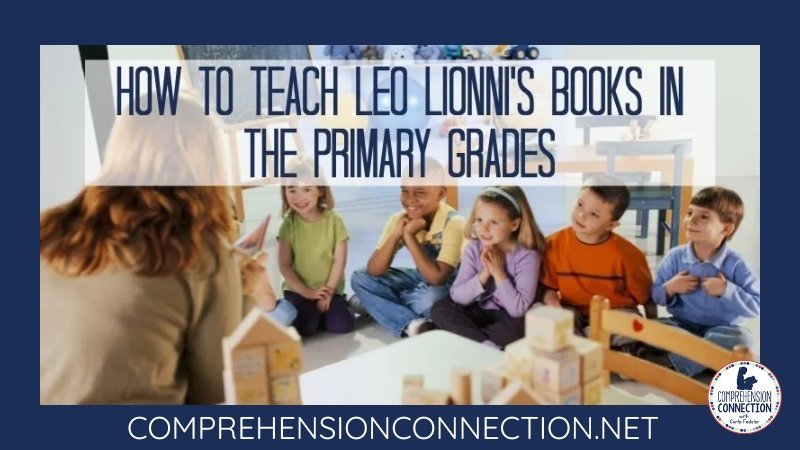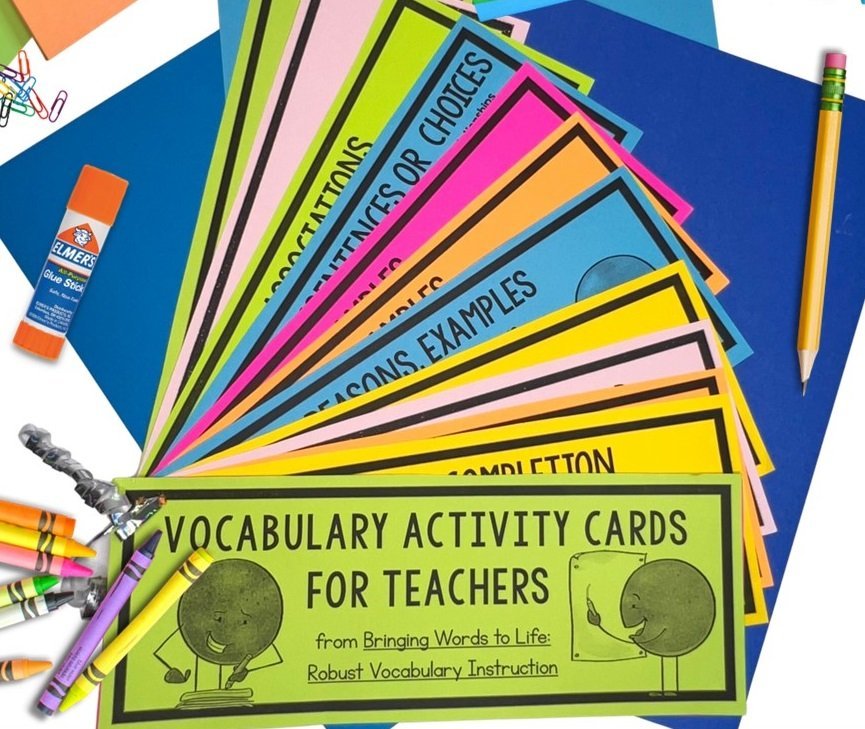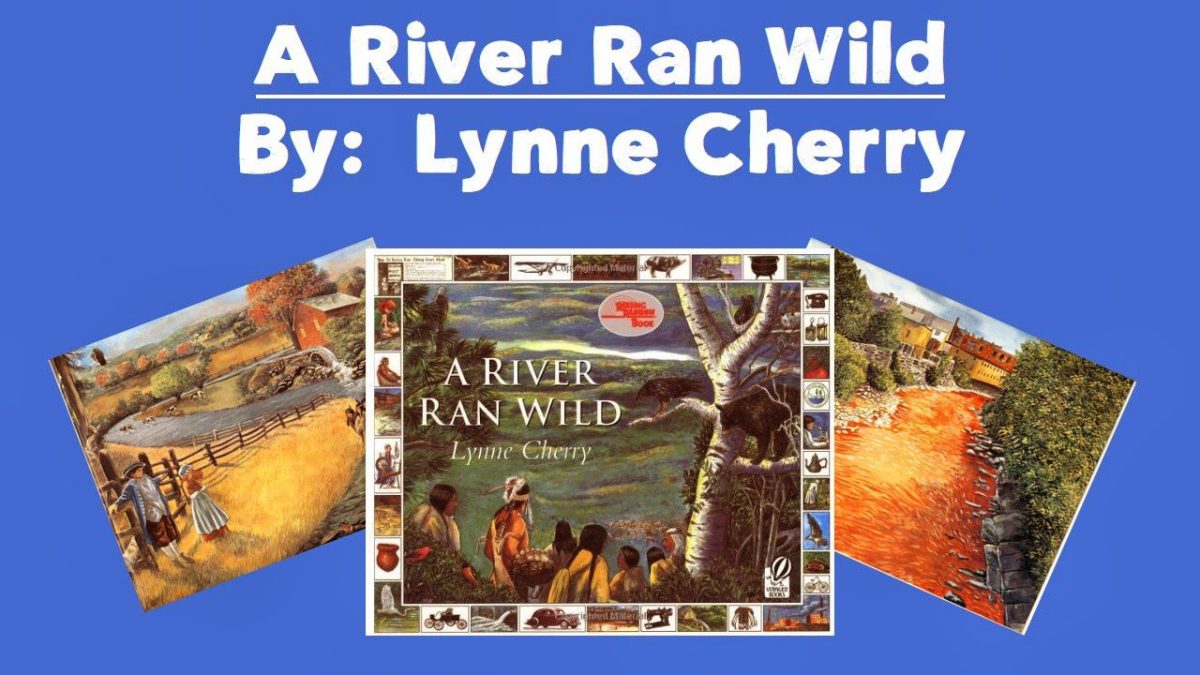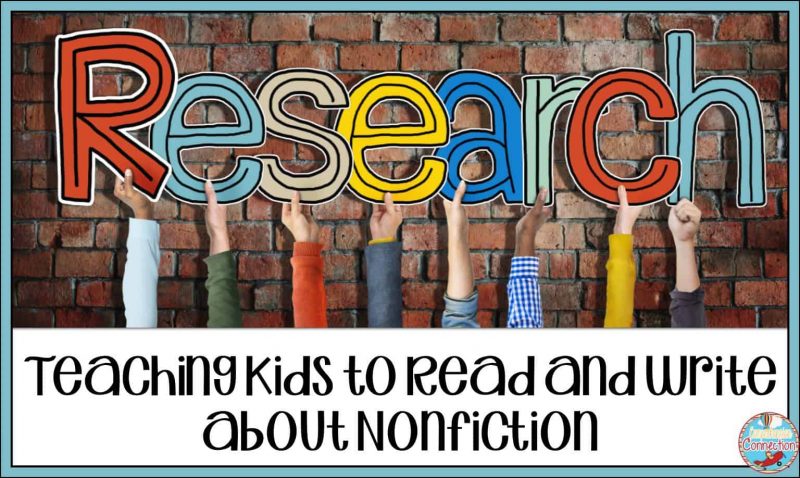
As I thought about this post, I looked up inspirational quotes about partner work. If you think about today’s work place, there are very few positions where we work solo without interacting with others, and there is a lot of research about cooperative learning, literature circles, and project based learning. The common thread with the three topics I mentioned is that they are done in groups. With all three, discussion is one key ingredient to the learning process too. Pause for a moment and think about this quotes.

partner work goals:
Isn’t teamwork what makes a classroom run smoothly, a company grow, or a project get completed? Definitely, students in the primary grades need to be taught how to work together as a team, but it takes baby steps. Otherwise, this is what you get. Keep reading to learn how to make partner work work for you.

Yep, that is not what you want, so many teachers begin with partner work. We use elbow partners for quick discussions, table partners for sharing supplies, and reading buddies. Partnerships work very well as a stepping stone to group work. Students learn to listen to each other, take turns, share, and practice speaking at an appropriate volume, but as they do these things, they are also learning thinking strategies too. (questioning, locating information, and problem solving). These are the ideals that I had in mind when I developed the partner scripts for my fourth and fifth grade struggling readers last year. They worked beautifully with my small groups (we divided into pairs) and for times when I was working with a group and had the others working independently. The kids loved them and begged me to write more of them. Well, I continued writing through about February and then testing time hit. You know how that changes your schedule. Even so, we really had fun with the 13-14 I put together.
using partner scripts as partner work:
Over the summer, I tutored a little guy who was struggling in first grade, and I tried to picture him moving into a second grade classroom and how he might grow. I came up with a high-low version of the partner scripts thinking that a struggling reader could be paired with a stronger reader. They’d hear fluent reading (as they read along), pick up new vocabulary, and yet practice at their own level polishing their decoding skills and building fluency too.
Now, since I was tutoring this child, I also needed comprehension work. I wanted questions we could discuss and I wanted him to work on writing skills. The writing piece gave me a chance to see how he was applying word building skills and gave me a window into his thinking about the text. There were days where he really didn’t enjoy the workload, but the work really helped him build skills. Here is a peak at how one of the scripts is planned out.
partner script: sam and his dog max
I always begin lessons with talking about something related to the script. In this case, we talked about our pets (Note-Molly, our Old English Sheepdog was curled up on the floor by our feet.). My little guy loved dogs, and he talked all about his dog, Lola, and she became the topic of several writing prompts in follow up sessions. I also introduced several words that we’d come across in the reading. For this script, I chose a mix of high frequency words and content words. I’d recommend with any text to preteach problematic words or words where meaning may be an issue.
Once my child was ready, we began the reading. For his session, I did highlight his parts and box around words I wanted to discuss prior to him coming. When I wrote these, I alternated between plain text and bold, so it’s fairly easy to see who reads which part. If you see a child struggles with this, you may need to color code the parts. In this script, Sam is more controlled. The sentences have short vowel words, long vowel words with final e and high frequency words. Mom’s part has more varied sentences and longer responses.
On our second lesson, we reviewed the words from the previous lesson, reread the script and worked on the comprehension questions during the reading, and began a post reading story about my student’s dog, Lola. Of course, these activities took longer than an hour, but the writing part worked well with a follow up dog book (Biscuit or Clifford maybe?)
Well, I hope this gives you a new idea you might try in your small groups or during the Read with Partner in your Daily Five schedule. Kids really do love these opportunities and performing them makes it even more fun.
To grab your copy with the link below:
or…get the bundle:
-
Sale Product on salePartner Plays Bundle for Primary, Fluency Activities, Readers Theater Bundle
$43.50Original price was: $43.50.$25.00Current price is: $25.00.
Partner work can really help your students and improve classroom management. For other partner work blog posts, check the links below:
- HOW TO MAKE PARTNER WORK WORK FOR ALL
- ENGAGING WAYS TO BUILD FLUENCY WITH PARTNER PLAYS
- WHY I LOVE USING PARTNER SCRIPTS TO BEEF UP FLUENCY AND COMPREHENSION


















